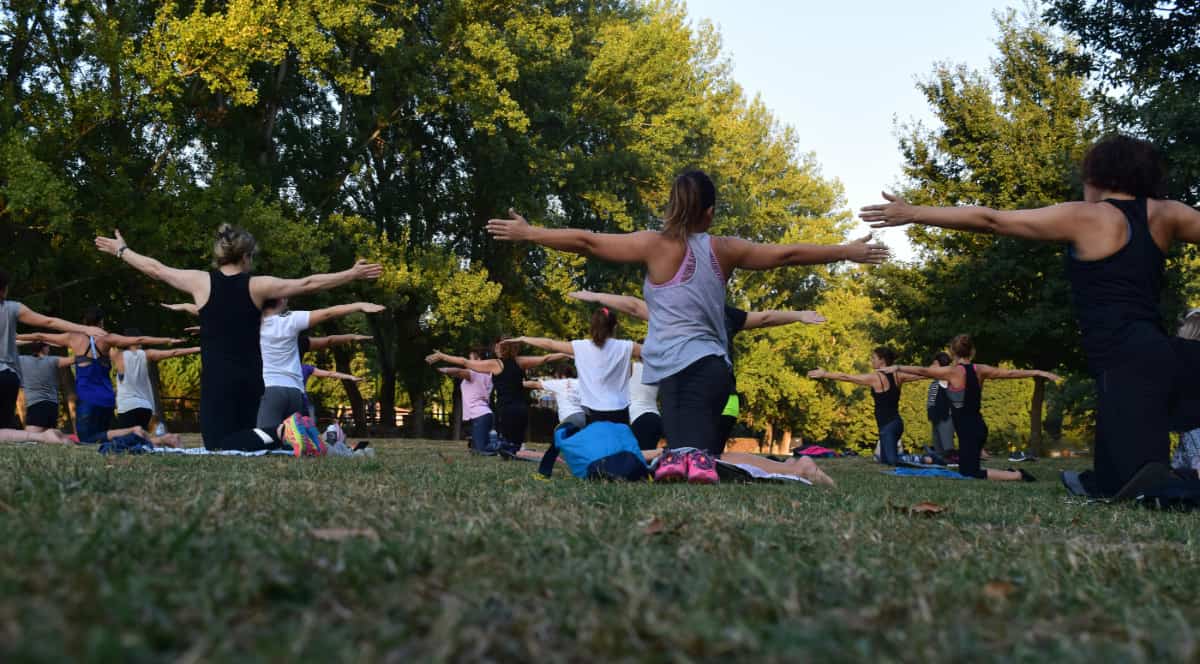What is rehab? Most of us have a few ideas about addiction treatment: detox, therapy, maybe a few group sessions where you tell strangers you are addicted. But, much like life, addiction treatment is messy and complex. It’s full of layers that you don’t always see from the outside, layers that can surprise you with their depth and, to a pretty high degree, their hope.
Wondering “What is rehab?” This is a good place to start. It’s a lot more than just getting clean—it’s a soul-deep transformation that tackles the heavy stuff most people don’t even know exists.
What Is Rehab: 10 Lesser Known Realities
1. Detox Isn’t Always the First Step
We’ve all seen it in movies—the person shows up at rehab and is immediately whisked away to detox, emerging days later looking like a clean, new human being.
Well, not so fast. Not everyone needs a formal detox, especially if their substance use is lower-level or more intermittent. Detox is a crucial step for some, but for others, treatment can start with therapy or non-medical interventions, bypassing the cold sweats and shaking hands we often picture.
Detox addresses the physical dependency part, but the work that really counts starts after that—the digging into the emotional roots, the trauma, the pain that lies beneath the surface.
2. Holistic Treatments: More Than a Buzzword
When people think of asking “What is rehab?” they may picture doctors and therapists, maybe a 12-step meeting here or there. They probably aren’t thinking yoga classes, workout sessions, and mindfulness practices woven into many treatment programs. These holistic approaches help heal not just the mind but the body and spirit. All three of these things take a bit of a beating in an addiction driven lifestyle.
There’s research backing this up, too. Studies have shown that yoga and mindfulness, for example, can significantly reduce cravings and relapse rates.
Addiction isn’t just about chemicals in the brain; it’s also about the stress, the trauma, the body’s fight-or-flight system that’s been on overdrive for way too long. These holistic methods help calm that storm.
3. Aftercare Is Vital
One of the biggest myths about addiction treatment is that it ends when you leave the facility. It doesn’t. Aftercare is where real recovery happens—or at least, where the hard work continues. Sober living homes, ongoing therapy, support groups, and accountability programs are all part of the aftercare process. You know that saying, “It takes a village”? Well, it takes an entire aftercare team to keep someone on the recovery path.
People who engage in aftercare programs are 50% more likely to maintain long-term recovery. So yeah, the journey is far from over once rehab ends. So, “What is rehab?” It’s aftercare as much as it is inpatient treatment.
4. Family Involvement: A Game Changer
This part is tricky. Addiction wreaks havoc not just on the person using but on their entire family. It’s like lightening striking a pond. There is a lot of chaos. Involving family members in treatment can bring much needed restoration. In fact, family therapy can significantly improve outcomes for people in recovery. It helps rebuild trust, mend broken relationships, and educate everyone involved about the realities of addiction.
All that said, it’s not always pretty. Bringing family into the mix can surface a lot of old wounds and unspoken pain, but it’s also part of the healing process.

5. Medication-Assisted Treatment (MAT)
For some, the idea of using medication in addiction treatment feels counterintuitive. Why would you treat drug addiction with … more drugs? But MAT is just a tool. Medications can be used well or poorly. And MAT like methadone, buprenorphine, and Vivitrol help manage withdrawal symptoms and reduce cravings. It makes it easier for people to stay sober. MAT is particularly effective for opioid and alcohol addiction, cutting relapse rates by nearly half in some studies .
So, while it might seem strange, MAT is like a bridge, helping people get from the chaos of addiction to the clarity of recovery.
6. Getting to the Roots With Therapy
Most of us think of therapy as sitting in a room, talking about our feelings. And yes, that’s part of it, but addiction therapy comes in many forms. Cognitive Behavioral Therapy (CBT) helps people rewire the way they think, breaking the cycle of addiction from the inside out. There’s also Dialectical Behavior Therapy (DBT), which focuses on managing intense emotions—something people in recovery definitely know a thing or two about.
But it doesn’t stop there. Experiential therapies like art therapy, music therapy, and even equine therapy give people ways to express themselves beyond words. Addiction often silences the voice inside, and these therapies help bring it back.
7. The Mental Health Connection
Here’s something that often gets overlooked: Addiction and mental health are deeply intertwined. What is rehab? It is a place where mental health plays almost as big a role as addiction. Many people who struggle with addiction also have a co-occurring mental health disorder like depression, anxiety, or PTSD. Treating just the addiction without addressing the mental health piece is like trying to fix a leaking roof without touching the foundation. It’s a recipe for relapse.
Studies show that integrated treatment—where both mental health and addiction are treated together—leads to better outcomes. This is what’s called “dual diagnosis,” and it’s one of the reasons why personalized, comprehensive treatment is so important.
8. Relapse Isn’t Failure
Now, here’s a tough pill to swallow: Relapse happens. It doesn’t mean someone has failed, though.
In fact, relapse can even be part of the recovery process, not a step backward but an opportunity to recalibrate and learn. Recovery is not a linear path. It twists and turns and sometimes doubles back, but every stumble is a chance to understand more about the triggers, the pain, and the progress that still needs to be made.
So, if you or someone you love has experienced a relapse, take heart. It doesn’t mean the journey is over—it just means it’s time to adjust the sails.
9. It’s a Long Commitment
Finally, let’s talk about time. Addiction treatment isn’t quick. It’s not even just about getting through rehab or staying sober for a year. Recovery is lifelong. It’s not just about not using drugs or alcohol anymore—it’s about building a life that feels meaningful and sustainable without those substances. That takes time, patience, and, most of all, support.
But here’s the good news: It’s worth it. Every day, people reclaim their lives from the grip of addiction. They rebuild relationships, find joy again, and discover a sense of peace they might never have thought possible. It’s not easy, but it is possible.
10. Covenant Hills Treatment Center Can Help
If you or someone you love is struggling with addiction, don’t wait. The path to recovery might seem overwhelming at first, but it starts with a single step. Reach out to Covenant Hills addiction treatment in Orange County, CA, today and start the journey. Healing is possible—and it’s closer than you think. Call now: 800-662-2873.








